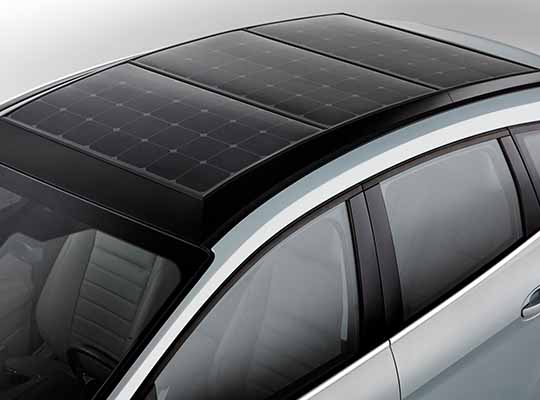According to the research report published by Allied Market Research, the global automotive sunroof market is estimated to reach $13.55 billion by 2025, witnessing a CAGR of 9.7% from 2018 to 2025. With technological advancements and design innovations, original equipment manufacturers (OEMs) have begun offering inexpensive and panoramic sunroofs in vehicles. Availability in different shapes, sizes, and designs led to increased adoption in premium and luxury vehicles.
Innovations in glass technology, surge in demand for comfort, safety, & convenience features, demand for aesthetic appeal of the glass surface in automobiles drive the growth of the global automotive sunroof market. Installing sunroofs provides better circulation of air as compared in vehicles without sunroof. Sunroofs equipped with glazing technology lower down noise and improve thermal comfort during the summer. However, high cost of maintenance, incidents of shattering and crushing, and low penetration in the low-segment vehicles restrain the market growth. The components used in sunroof such as power-operated sliding glass panel, rain sensors, aluminum or plastic handles, and others add significant cost to the overall vehicle cost. They also require frequent maintenance. Contrarily, surge in penetration of solar sunroofs in electric vehicles and rise in sales volume of automotive vehicles present new opportunities in the coming years.
The Covid-19 pandemic affected almost every sector across the world, and there have been significant changes in the market dynamics. Production activities in the automotive sector have been stopped due to lockdown measures, unavailability of labor, and disrupted supply chain across the globe. This impacted the production volumes of automotive sunroofs. The demand from applications sector such as automotive reduced considerably due to stoppage of new development and maintenance activities during the lockdown. However, the demand is expected to rise during the post-lockdown.
Market players have been reassessing their business strategies to ensure continuity and implementing various quick response strategies to stabilize the supply chain to ensure availability of sufficient raw material and seamless distribution. Investors put a hold on their investment plans due to economic uncertainties. As the businesses begin their operations with full capacity and supply chain restores, the demand is expected to grow steadily.
The global automotive sunroof market is segmented on the basis of material type, vehicle type, and region. The material type segment is sub-segmented into glass and fabric. The glass segment is estimated to dominate the revenue share of the market by 2025. The segments analyzed in the glass segment are tilt & slide sunroof, pop-up sunroof, panoramic sunroof, and solar sunroof. However, the fabric segment is discussed based on convertible fabric sunroof.
Based on vehicle type, the sub-segments analyzed in the research include gasoline powered vehicle and electric powered vehicle. The gasoline powered vehicle segment is further divided into sedan, hatchback, and sport utility vehicle (SUV). However, the electric powered vehicle types include hybrid electric vehicle (HEV), battery electric vehicle (BEV), and plug-in hybrid vehicle (PHEV). As per the report, the electric powered vehicle segment is expected to witness the fastest CAGR during the forecast period. By region, the market is analyzed across North America, Europe, Asia-Pacific, and LAMEA. Europe contributed the highest share of the global automotive sunroof market in 2017, and is projected dominate in terms of revenue by 2025. However, Asia-Pacific is anticipated to exhibit the highest CAGR during the forecast period.
The major players operating in the global automotive sunroof market include Aisin Seiki Co., Ltd., Webasto Roof Systems, Inc., Inalfa Roof Systems Group B.V., Johnan America, Inc., Inteva Products, LLC., CIE Automotive, Yachiyo Industry Co., Ltd., Automotive Sunroof Company, Inc., BOS GmbH & Co. KG, and Magna International, Inc. They have adopted various strategies such as expansion, mergers & acquisitions, partnerships, collaborations, joint ventures, new product launches, and others to gain a stronghold of the market and mark an international presence.












